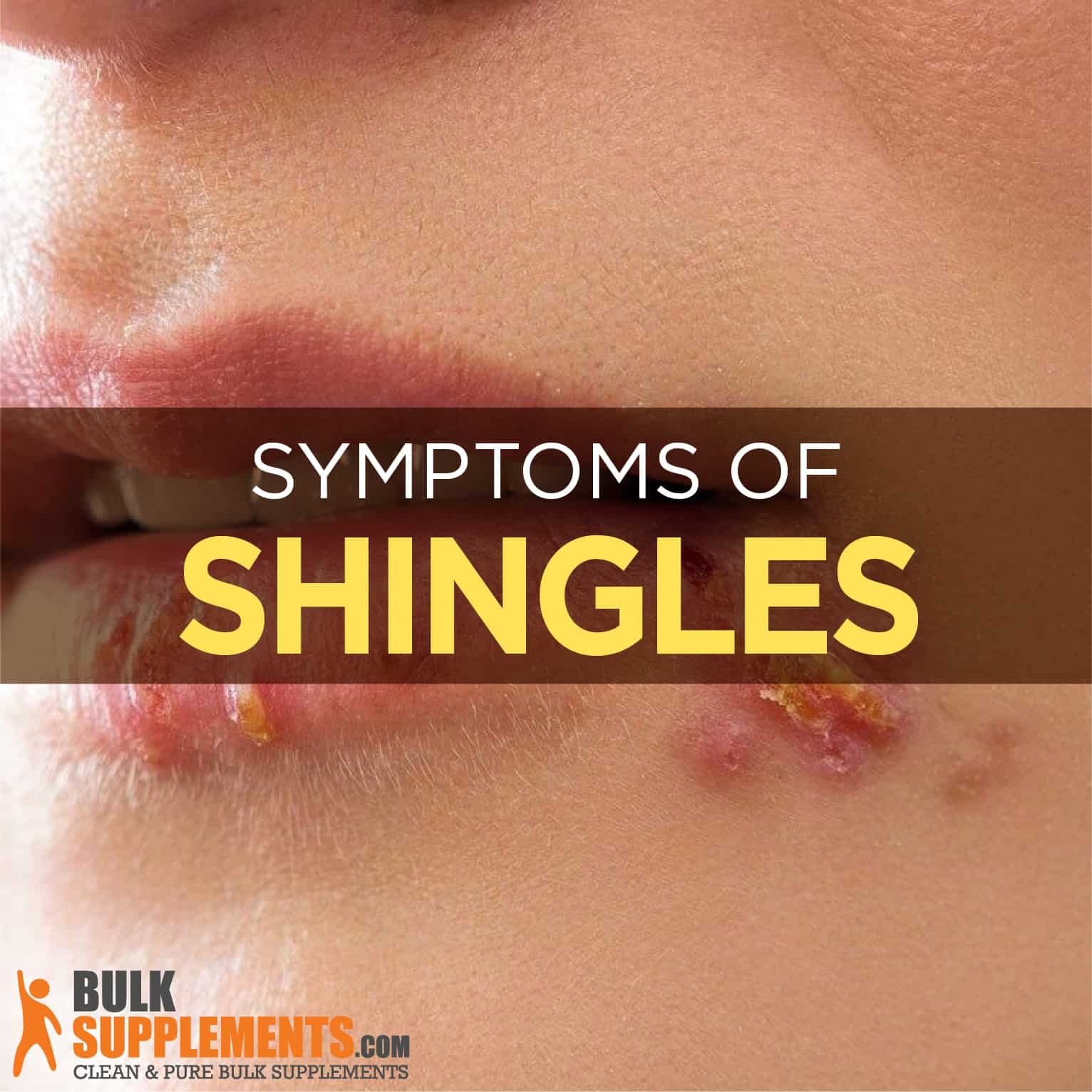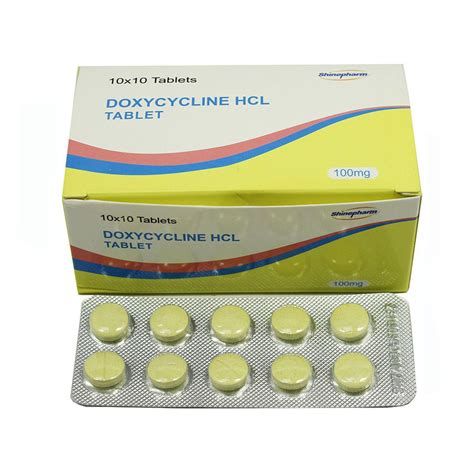Shingles, also known as herpes zoster, is a viral infection that can cause a painful rash and blisters on various parts of the body, including the face and eyes. When shingles affects the eye, it’s referred to as herpes zoster ophthalmicus (HZO). This condition can lead to serious complications, including vision loss, if left untreated or if treatment is delayed.
HZO occurs when the varicella-zoster virus, which causes chickenpox, reactivates in the nerves surrounding the eye. This reactivation can be triggered by various factors, including:
- Aging: The risk of developing shingles increases with age, especially after the age of 50. This is because the immune system weakens as we age, making it more challenging for the body to keep the varicella-zoster virus in check.
- Weakened immune system: Individuals with compromised immune systems, such as those with cancer, HIV/AIDS, or taking immunosuppressive medications, are more susceptible to developing shingles.
- Stress: Physical or emotional stress can trigger the reactivation of the varicella-zoster virus.
- Genetics: Some people may be more prone to developing shingles due to their genetic makeup.
The symptoms of HZO can vary, but common signs include:
- Severe eye pain: A sharp, stabbing pain in or around the eye
- Redness and swelling: The eye and surrounding area may become red, swollen, and inflamed
- Blistering rash: A painful rash or blisters on the eyelid, forehead, or nose
- Vision changes: Blurred vision, double vision, or sensitivity to light
- Discharge: A watery or pus-like discharge from the eye
If you suspect you have shingles in or around your eye, it’s essential to seek medical attention promptly. Early treatment can help alleviate symptoms, reduce the risk of complications, and promote faster healing.
According to the American Academy of Ophthalmology, if you experience any of the following symptoms, seek immediate medical attention: severe eye pain, blurred vision, double vision, or sensitivity to light.
Treatment options for HZO typically involve a combination of antiviral medications, pain management, and supportive care. The primary goal of treatment is to reduce the severity and duration of symptoms, as well as prevent complications.
Antiviral medications: Antiviral medications, such as acyclovir, valacyclovir, or famciclovir, are prescribed to help manage the viral infection. These medications can reduce the severity and duration of symptoms, as well as decrease the risk of complications.
Pain management: Over-the-counter pain medications, such as acetaminophen or ibuprofen, can help alleviate mild to moderate pain. For more severe pain, prescription medications, such as opioids or nerve blocks, may be necessary.
Supportive care: In addition to antiviral medications and pain management, supportive care measures can help promote healing and comfort. These may include:
- Rest: Getting plenty of rest to help your body recover from the infection
- Cool compresses: Applying cool, damp compresses to the affected area to reduce pain and discomfort
- Eye drops: Using lubricating eye drops to soothe dry, irritated eyes
- Avoiding strenuous activities: Avoiding activities that can exacerbate the condition, such as heavy lifting or bending
Steps to take if you suspect you have shingles in your eye:
- Seek medical attention promptly
- Follow the recommended treatment plan
- Keep the affected area clean and dry
- Avoid touching or rubbing the affected area
- Get plenty of rest and avoid strenuous activities
While HZO can be a serious and potentially debilitating condition, prompt treatment and supportive care can help alleviate symptoms and promote recovery.
What are the symptoms of shingles in the eye?
+Common symptoms of shingles in the eye include severe eye pain, redness and swelling, blistering rash, vision changes, and discharge.
How is shingles in the eye treated?
+Treatment for shingles in the eye typically involves antiviral medications, pain management, and supportive care. The primary goal of treatment is to reduce the severity and duration of symptoms, as well as prevent complications.
What are the potential complications of shingles in the eye?
+Potential complications of shingles in the eye include vision loss, persistent pain, and increased risk of developing other eye conditions, such as glaucoma or cataracts.
In conclusion, shingles in the eye can be a serious and potentially debilitating condition. However, with prompt treatment and supportive care, symptoms can be alleviated, and the risk of complications can be reduced. If you suspect you have shingles in your eye, it’s essential to seek medical attention promptly to ensure the best possible outcome.


